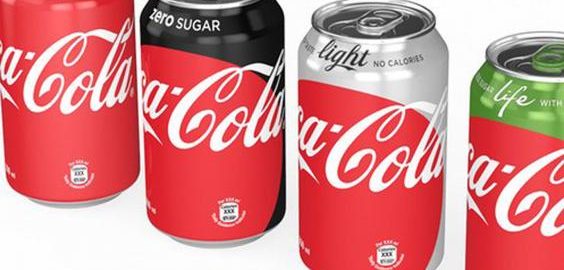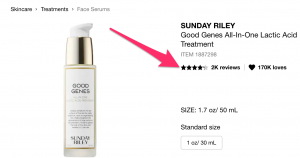“Strategically, Coke and Coke Zero Sugar are ham and egg. It’s absolute dovetailing. I always use the analogy of tea: We either have it with our without sugar. It’s Coke, with or without sugar,”
This quote, from Coca-Cola Great Britain marketing director Bobby Brittain in a recent announcement that starting this week in Great Britain, Coke Zero will be reformulated and rebranded as Coca-Cola Zero Sugar, highlights an interesting trend in brand portfolio strategy, where a classic, flagship brand becomes the comparison point to a number of secondary brands within the portfolio. With this strategy, the hope is that consumers will connect the two brands even more than before, boosting Coke Zero while also highlighting its differences from Coke.
When you have an iconic brand already in your portfolio, along the lines of what the Coca-Cola Company has with its namesake product, the decisions in regards to complementary brands can have a similar strategic direction.
The brand equity built up from these brands can be a beneficial foundation to stand on when building new complementary brands, especially if those share a commonality with the iconic brand, such as a similar name or logo.
Brittain highlighted the goal of this brand strategy shift and pointed out that using Coke as the standard-bearer for the entire brand portfolio has long been a point of emphasis.
“We’re using Coke very much as the gold standard, the red standard. We’re paying Coke the ultimate compliment because we are saying it tastes more like Coke, looks more like Coke, and we’re always using Coke as the point of comparison,” Brittain said.
This is especially interesting from a brand strategy standpoint because Coke Zero is not a new brand – it has the ability to stand on its own to a certain point. The Coke Zero brand has been on the market for a number of years, finding success and making an impact on the overall brand portfolio.
However, such is the strength of the Coca-Cola brand that to increase the success of other brands, their strategy is now focused on becoming more like the flagship product, and instead of branding them as their own entities, they are becoming more of an offshoot of Coke.
The company is also playing up this connection to its iconic imagery with the “one brand” strategy it recently began rolling out. With this strategy, the iconic red disk that has long signaled the Coca-Cola brand will now be featured across the entire portfolio, with the individual products now sharing a similar look but with minor tweaks to identify each one.
 These two strategies are taking two of Coca-Cola’s most recognizable brand elements – the name and the red disk – and using them as “boosters” for its complementary branding. For many brand portfolios, this strategy is a far-off dream, only available if and when their main brand achieves a level of notoriety and positive brand connotation where it can be enabled to carry over into the space of additional brands.
These two strategies are taking two of Coca-Cola’s most recognizable brand elements – the name and the red disk – and using them as “boosters” for its complementary branding. For many brand portfolios, this strategy is a far-off dream, only available if and when their main brand achieves a level of notoriety and positive brand connotation where it can be enabled to carry over into the space of additional brands.
So how can those without a global icon at the helm of the brand ship take advantage of whatever boost may come from its main brand? The answer may not be all that different from Coca-Cola’s strategy.
As mentioned before, the company is using Coke as the starting point for its complementary brand descriptions. While this obviously has a positive effect on the secondary brands, it also raises the profile and positivity of Coke itself. If a consumer, who may be on the fence about a product, sees that a company is using a direct comparison between brands to highlight quality, then it is safe to assume that the primary brand represents excellence.
So if your primary brand isn’t quite at Coca-Cola levels, this comparison to other brands, especially of those find great success, can raise its standing in the consumer mindset as well. The benefits really do go both ways.
Business & Finance Articles on Business 2 Community
(44)
Report Post






